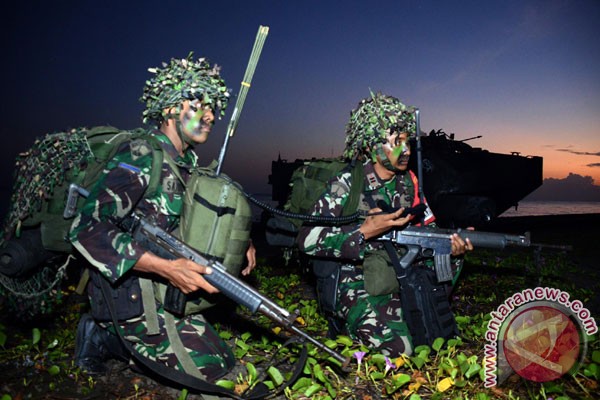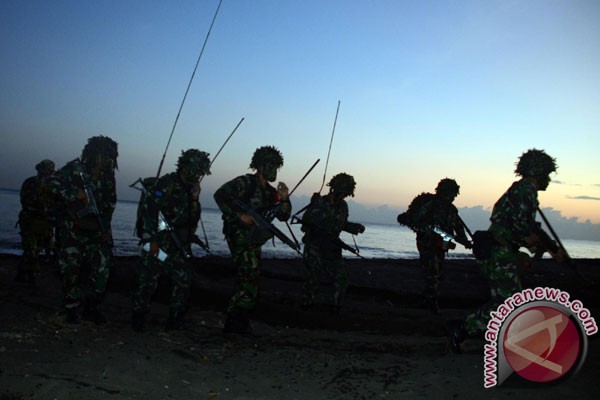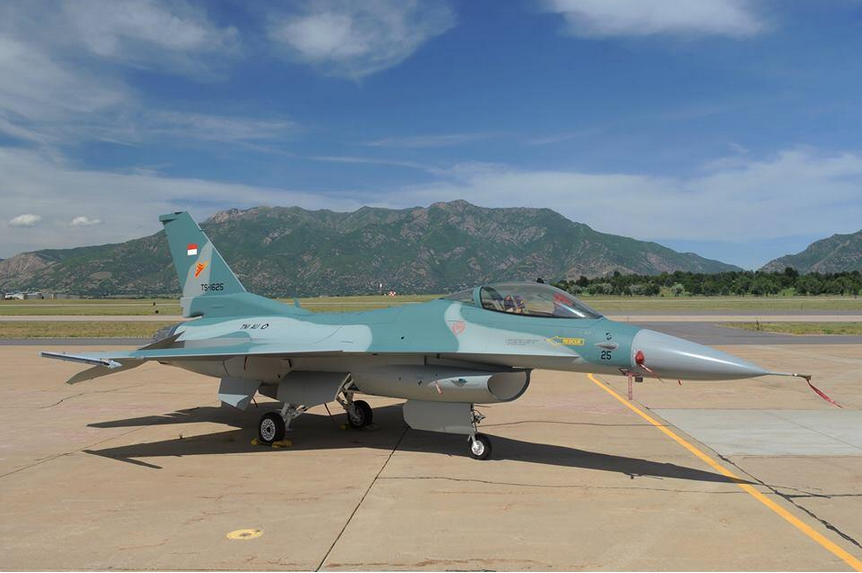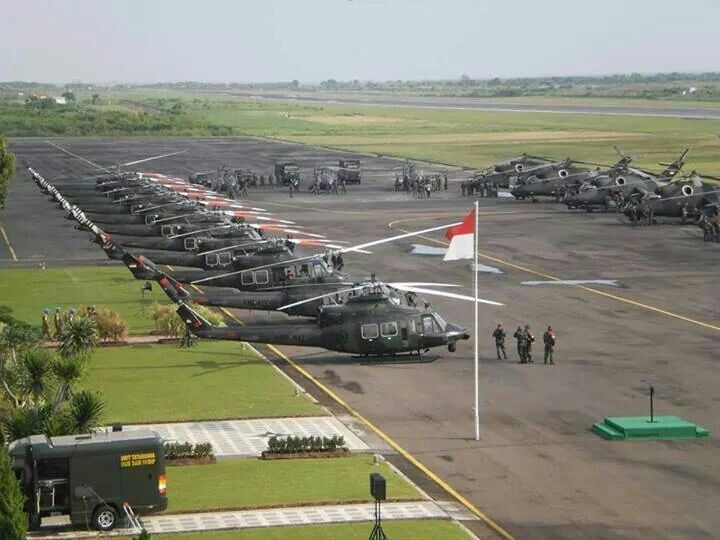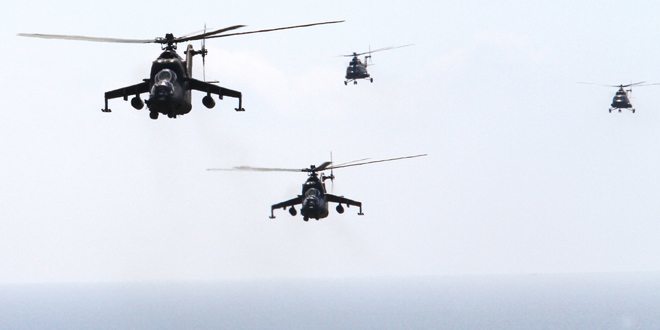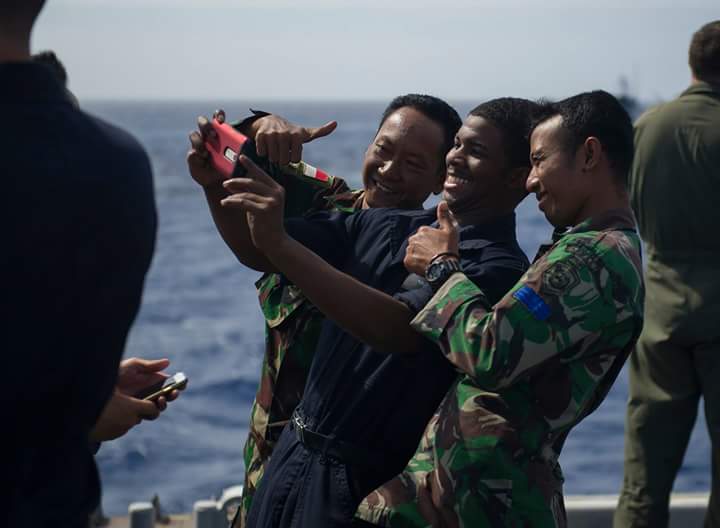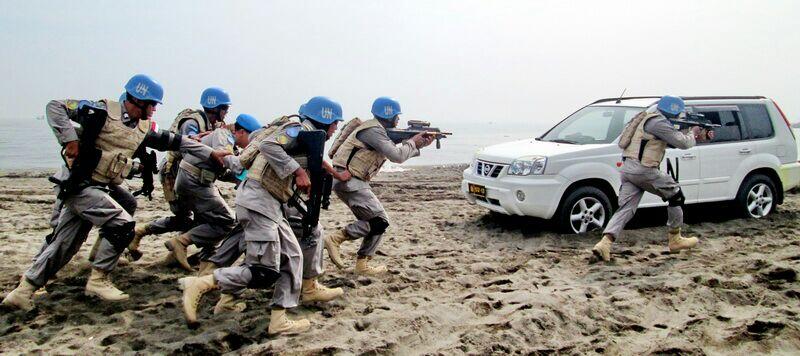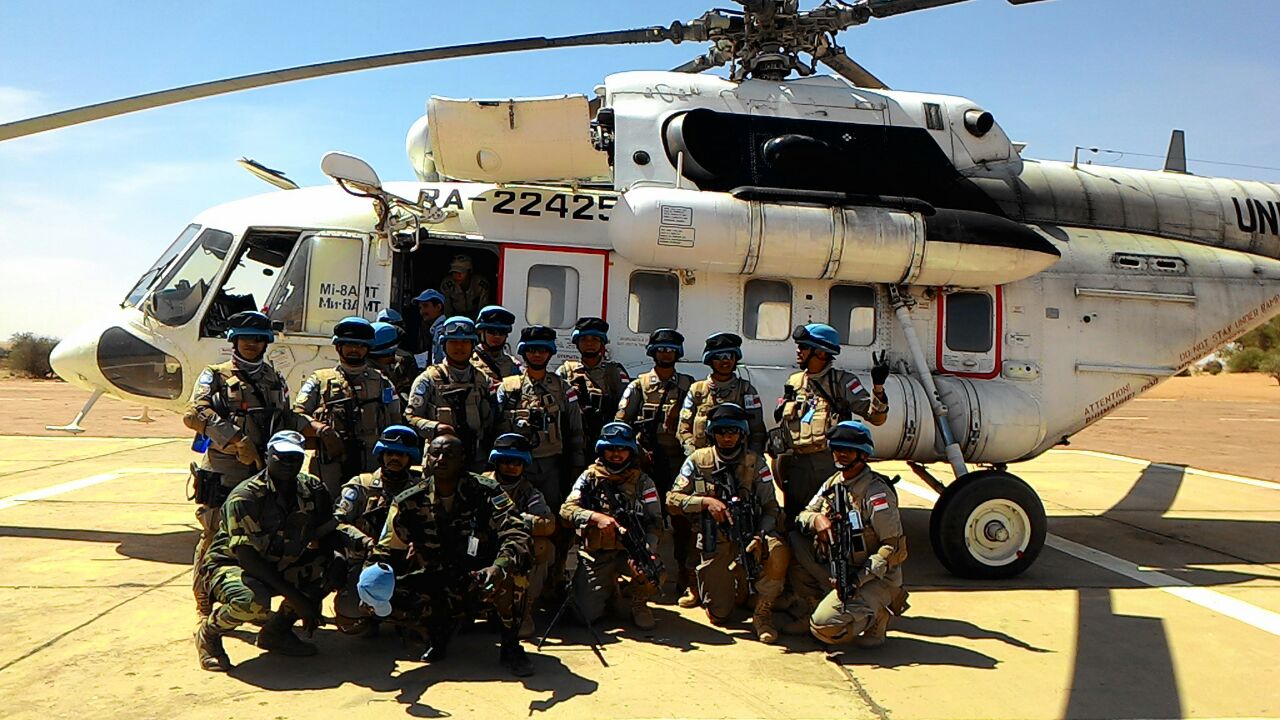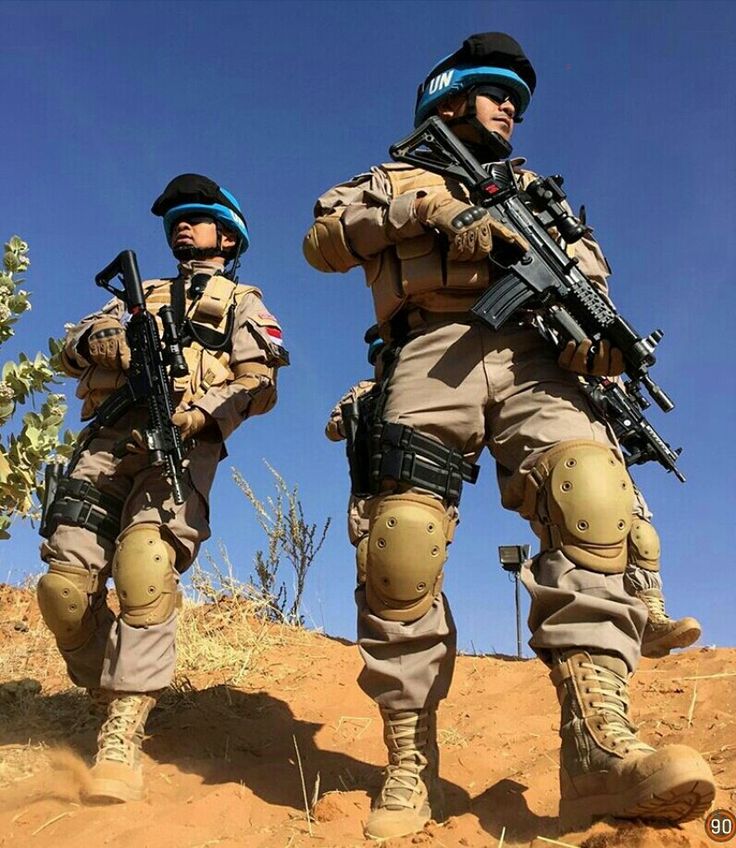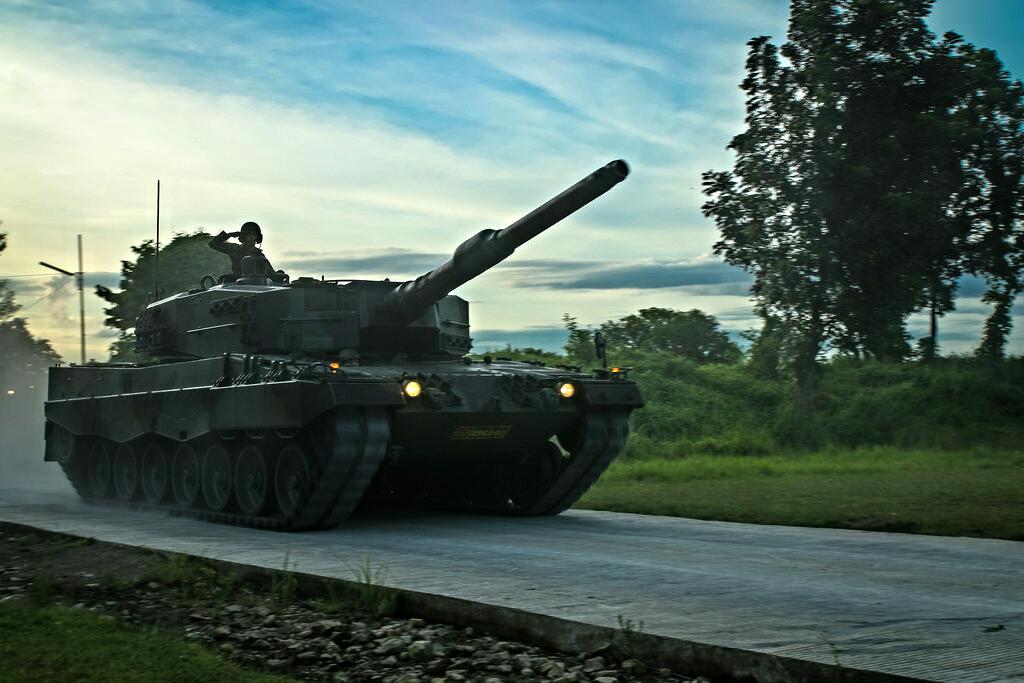Indonesia Guards Its Front Door
July 28, 2016 | 09:30 GMT
Forecast
- Chinese fishing vessels will continue to cross into Indonesia's exclusive economic zone near the Natuna Islands.
- Indonesia will maintain its aggressive stance to cement its hold on the area — part of its broader imperative to control the sprawling archipelago.
- Jakarta will build military, fishing and energy facilities on the islands, pursuing a strategy similar to that of other claimants in the South China Sea.
Analysis
At least three times this year, Indonesian authorities have confronted Chinese fishing vessels in the waters near the remote Natuna Islands, an area whose 200-nautical-mile exclusive economic zone (EEZ) overlaps China's expansive nine-dash line. Each time, Jakarta has made a point of widely publicizing the incursions despite Beijing's objections. In the wake of the run-ins, Indonesian President Joko "Jokowi" Widodo visited the islands and promised to boost defense, fishing and natural gas production in the area. Despite its provocative fishing activities in the South China Sea, however, China is not the sole target of Indonesia's defensive measures; Jakarta has also made a public show of destroying dozens of Malaysian and Vietnamese vessels found fishing in the area. For Indonesia, protecting the Natuna Islands — however small and remote they may be — is key to exerting control of its territory and affirming its position in Asia's waterways.
A Maritime Fulcrum
Indonesia holds an unparalleled position in the Pacific. Its islands stretch from the Andaman to the Philippine Sea, covering more than 4,800 kilometers (3,000 miles), a span wider than the continental United States. What's more, in a region whose geopolitics revolves around water, Indonesia sits at the juncture of Asia's two key oceans, the Indian and the Pacific. But the nation is also intensely fragmented. Of its 17,508 islands, only 6,000 are inhabited, and water covers most of Indonesia's territory. Anti-imperialist sentiment first united these disparate and ethnically distinct islands, and then decades of military rule and anticommunist fervor held them together. After emerging from New Order rule of longtime President Suharto in 1998, however, the country needed a new unifying strategy.
Under President Joko "Jokowi" Widodo, who took office in 2014, that strategy has been to make Indonesia a "maritime fulcrum" between the Indian and Pacific Oceans. Controlling the seas that constitute so much of Indonesia's territory is not only essential to keep the nation together, but it also enables Indonesia to increase its prominence in Asia, making it an indispensible nation to Pacific powers. Jokowi's fulcrum concept boils down to three main priorities: to build up maritime defense, focus on securing and exploiting resources, and develop logistics throughout the archipelago. The idea is not to turn Indonesia into a great power in the Pacific but to make the most of its position by ensuring control over its broad swath of territory. Only with full control of its waterways and flanking oceans can Indonesia take advantage of its position on key trade routes. To do so requires building up naval capabilities and port connectivity.
Troubling the Waters
Though Indonesia has an imperative to control the entire archipelago, certain areas must to be targeted first. The Natunas, a group of 272 islands in the Tudjuh archipelago at the northern edge of Riau Islands Province, are among them. But as the regional powers challenge the balance established by the United States — the Pacific's pre-eminent force — Indonesia's maritime fulcrum strategy has run up against China's own push into the South China Sea. Patrol vessels from Indonesia's Ministry of Maritime Affairs and Fisheries encountered and apprehended a Chinese fishing vessel near the Natuna Islands on March 20, detaining its crew and taking the boat in tow. After a Chinese coast guard vessel intervened and freed the fishing boat, Beijing insisted that its fishermen had been in China's traditional waters, a phrase China often uses in defense of its fishing vessels' forays inside the nine-dash line. A second run-in occurred on May 27, when an Indonesian navy frigate seized another Chinese fishing boat for fishing in roughly the same area. And last month, Jakarta announced a third confrontation, in which Indonesian naval vessels fired warning shots at Chinese-flagged fishing vessels on June 18. Some reports indicate that seven crewmembers were detained, and the Chinese Foreign Ministry said one fisherman was shot.
China is not particularly interested in provoking Indonesia over this remote corner of the South China Sea. For one thing, between the Philippines and Vietnam, Beijing has bigger problems. For another, China does not want to make Indonesia receptive to advocating against China in the Association of Southeast Asian Nations (ASEAN), an alliance structure of which Indonesia is a member, or to closer military ties with the United States. But by encouraging its fishermen to fish along the full extent of the nine-dash line, Beijing is pursuing a dangerous strategy to shore up its claims in the South China Sea — both in Indonesian waters and elsewhere. As the largely autonomous, ungovernable fishing vessels follow their catch over wide stretches of sea, they inevitably pass into disputed waters. For Beijing, these incursions are a net positive, reinforcing their claims to traditional use. At the same time, however, they invite unpredictable clashes with the patrol vessels and fishermen of the countries that claim the waters. In this case, Indonesia's response seems to have taken China by surprise.
An Unforgiving Policy
Indonesia has become increasingly staunch in defending the Natunas, not only against China but also against its neighbors. In late 2014, Indonesia implemented a policy whereby foreign fishing vessels that are in its waters illegally are sunk. Some of the earliest vessels sunk were Chinese, but many more have been Malaysian or Vietnamese. Of the 57 fishing vessels that Indonesia has detained in 2016 for illegally fishing around the Natuna Islands, for example, 49 were Vietnamese.
Since Vietnam and Malaysia are closer to Indonesia than China is, their fishing vessels are a more regular nuisance (the EEZ is formalized by treaty neither on its northern boundary with Vietnam nor on part of its eastern boundary with Malaysia). But China poses a more pressing threat to Indonesia's territorial integrity. That Chinese coast guard vessels (much larger and more numerous than those of Indonesian authorities) intervened on behalf of the fishing vessels seized near the Natunas underscores that threat. Territorial disputes with Malaysia and Vietnam, by contrast, have been put on the back burner. In fact, Malaysia is keen to cooperate with Indonesia not only in the Malacca Strait, an area of shared interest, but also in the far-flung Sulu and Celebes seas to curb piracy. The sudden escalation with China has caused Jakarta to question whether it needs to double down on its maritime strategy to manage a different sort of neighbor.
A Sea of Resources
Though the Natuna Islands are just one of many regions that Indonesia wants to secure, they have become a priority for Jakarta. Visiting the islands on June 23, shortly after the third fishing boat incident, Jokowi called the Natunas the "front door" of Indonesia. The country controls most of the waters approaching the Malacca Strait through the Natunas' EEZ. Moreover, the route is key to east-west trade (especially for the economies of Northeast Asia), and its importance will only grow: By the mid-2020s, the Asia-Pacific region's demand for oil will likely rise by at least 5 million barrels per day, meaning that nearly one-fifth of the world's oil will pass through the region.
In addition, the islands provide access to vital resources. The fisheries near the Natunas offer opportunities for Indonesia to expand its fishing beyond core areas where overfishing has devastated stocks of several species. After the incidents with Chinese fishing boats, Jakarta announced plans to raise the catch in the Natuna Sea from 9.3 percent of sustainable levels to 40 percent by mid-2017 — up to 1 million tons of production. Jakarta also plans to relocate 400 fishing vessels from Java by the end of October and up to 6,000 over the long term. The Natuna EEZ boasts the West Natuna Basin, already an important area for natural gas production. Furthermore, the East Natuna Field, located in the northern part of the Natuna EEZ, is the largest untapped natural gas field in Asia, containing an estimated 1.3 trillion cubic meters of recoverable natural gas. Indonesia is banking on the East Natuna Field — in addition to those on Papua — to expand its natural gas production by as much as 70 percent over the next decade. In fact, on July 12, state-owned energy company Pertamina announced plans to sign a memorandum of understanding with the National Iranian Oil Co. and to start operations before 2030.
Given all that the islands have to offer, it is not surprising that Indonesian military leaders have been calling to bolster defense of the Natuna Islands for the past two years. Since March, Jakarta has unveiled various plans to do so. Less than a week after Jokowi's visit to the islands, Indonesia's legislature voted to increase the 2016 defense budget by nearly 10 percent, to around $8.25 billion. A few days later, the Indonesian government announced plans to build military bases on the islands and to improve the existing Ranai air base. On July 13, Indonesia's minister of defense pledged to send warships and a fighter jet to the area, deploy surface-to-air missiles, and improve ports and airstrips.
But boosting Indonesia's presence in the Natunas — whether through military deployments, fishing activity or energy production — will take time. In the meantime, incursions by Chinese (as well as Vietnamese and Malaysian) vessels will continue. And though they are Indonesia's front door, the Natunas are just one part of Jakarta's larger strategy to achieve control of its vast territorial holdings.
Lead Analyst: Evan Rees
https://www.stratfor.com/analysis/indonesia-guards-its-front-door
https://www.stratfor.com/analysis/indonesia-guards-its-front-door
***
Wikkennnn....





